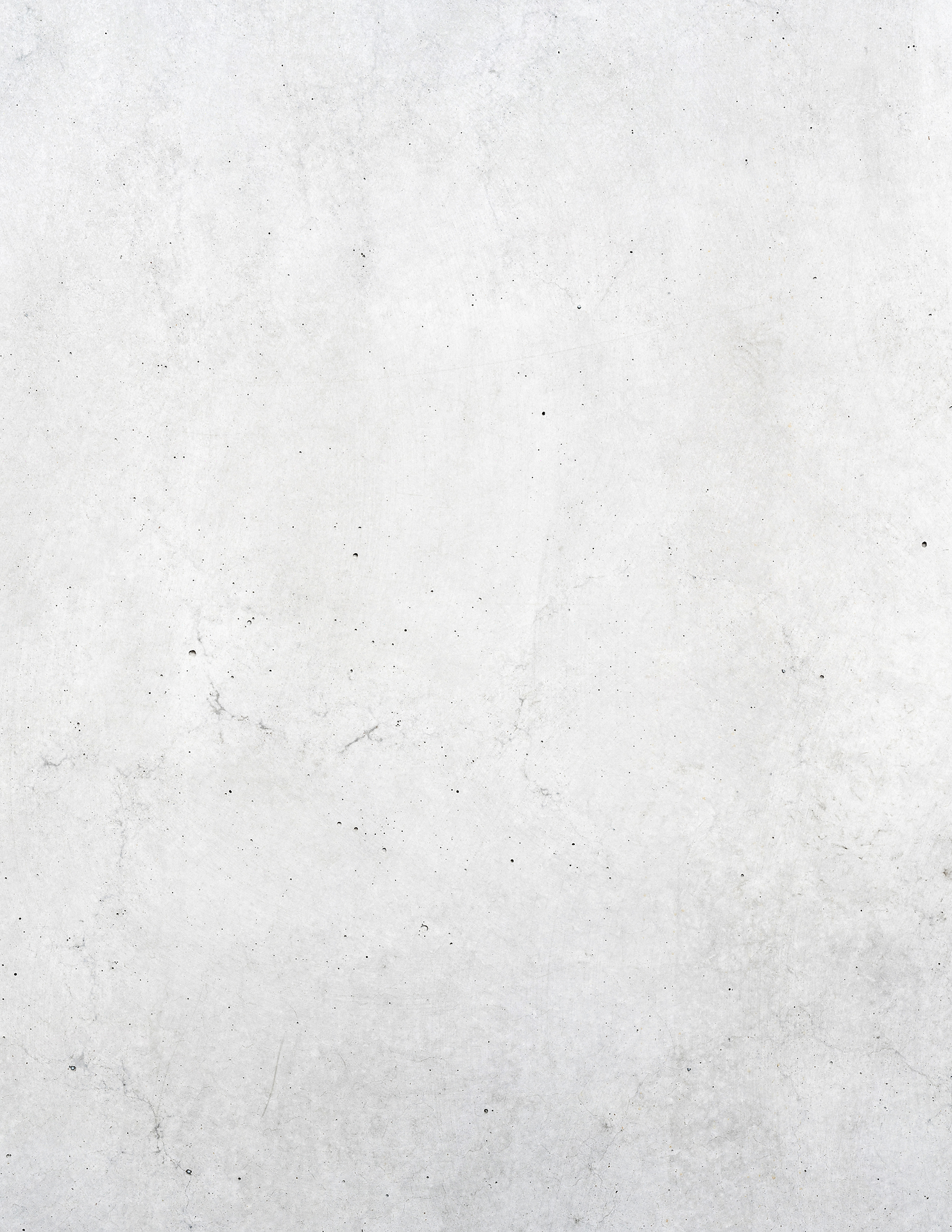

SUBSURFACE VOIDS



If you have subsurface voids, you need to perform:
Slab Stabilization
Subsurface restoration consists of pressure insertion of flowable material, usually a cementitious grout or urethane material, into the voids. The nondestructive processes provide both short- and long-term reductions in pavement deflection and are most effective on pavements with minimal structural damage.
The best time to perform subsurface restoration is soon after loss of support becomes evident. In addition to visual inspection, several tools are available for detecting voids under pavement, including deflection measurement, ground
penetrating radar and epoxy/core tests. Subsurface restoration should be used in conjunction with other concrete pavement preservation (CPP) techniques.
Resources
Concrete Pavement Preservation (CPP) Built To Last
In 2020, Oklahoma's concrete pavements were due to begin a maintenance cycle, and by the end of that year, concrete pavement preservation (CPP) consisting of selected panel replacements, dowel bar retrofit (DBR) and diamond grinding had been completed on portions of the Cimarron, Bailey and Indian Nation Turnpikes. CPP allows for seven times the length of roadway repaired for every dollar spent.
Resource Type:
Resource Sections:
Resource Techniques:
Resource Issues:
Resource Type
Highway
Concrete Pavement Preservation and Restoration, Diamond Grinding, Dowel Bar Retrofit
Structural/Material Issues
CPR: Rebuilt to Last: Highway 21 repairs Newark, NJ
When the New Jersey Department of Transportation (NJDOT) set out to repair Highway 21 on the north side of Newark, they sought a cost-effective solution that would result in a safe, smooth ride. Recognizing that the existing pavement was structurally sound, NJDOT removed the asphalt overlay and performed diamond grinding on the underlying concrete pavement. The techniques used to complete the project included asphalt milling, cat basin reconstruction, slab stabilization, pre-cast panel replacement, partial depth repair, joint resealing and diamond grinding for the final ride and surface texture.
Resource Type:
Resource Sections:
Resource Techniques:
Resource Issues:
Resource Type
Highway
Concrete Pavement Preservation and Restoration, Diamond Grinding, Full & Partial Depth Repair, Joint and Crack Resealing, Slab Stabilization
Structural/Material Issues
CPR: Rebuilt to Last: Concrete Patching and Maintenance for I-84 in Box Elder County, UT
The Utah Department of Transportation (UDOT) carefully considered a variety of options to repair the 20-year-old concrete pavement on I-84 in Box Elder, UT. The methods selected included dowel bar retrofit (DBR), diamond grinding, full depth repair, partial depth repair, slab jacking and joint resealing. This newly rehabilitated highway will provide a safe, smooth and durable surface for many years to come.
Resource Type:
Resource Sections:
Resource Techniques:
Resource Issues:
Resource Type
Highway
Concrete Pavement Preservation and Restoration, Diamond Grinding, Dowel Bar Retrofit, Full & Partial Depth Repair, Joint and Crack Resealing, Slab Stabilization
Smoothness, Structural/Material Issues
